Cave research is referred to as an interdisciplinary science because it extends to geology, biology and hydrology, said Andreas Langer, head of the Karst and Speleological Group at the Natural Sciences Association of Carinthia. NASA recently started a solitude, darkness, and solitude training project in caves for a planned Mars voyage. “The cave is a special area where information about the effects on the human body and psyche can be obtained.”
Continental plate drift explored
Caves are also highly sought after in earthquake research. Since the continental plates are still moving, one can analyze the geological layers where the rock masses meet. A project in the Ober Caves deals with exactly this topic. Near this cave, the European and African plates meet, so microtectonic shifts are studied here.
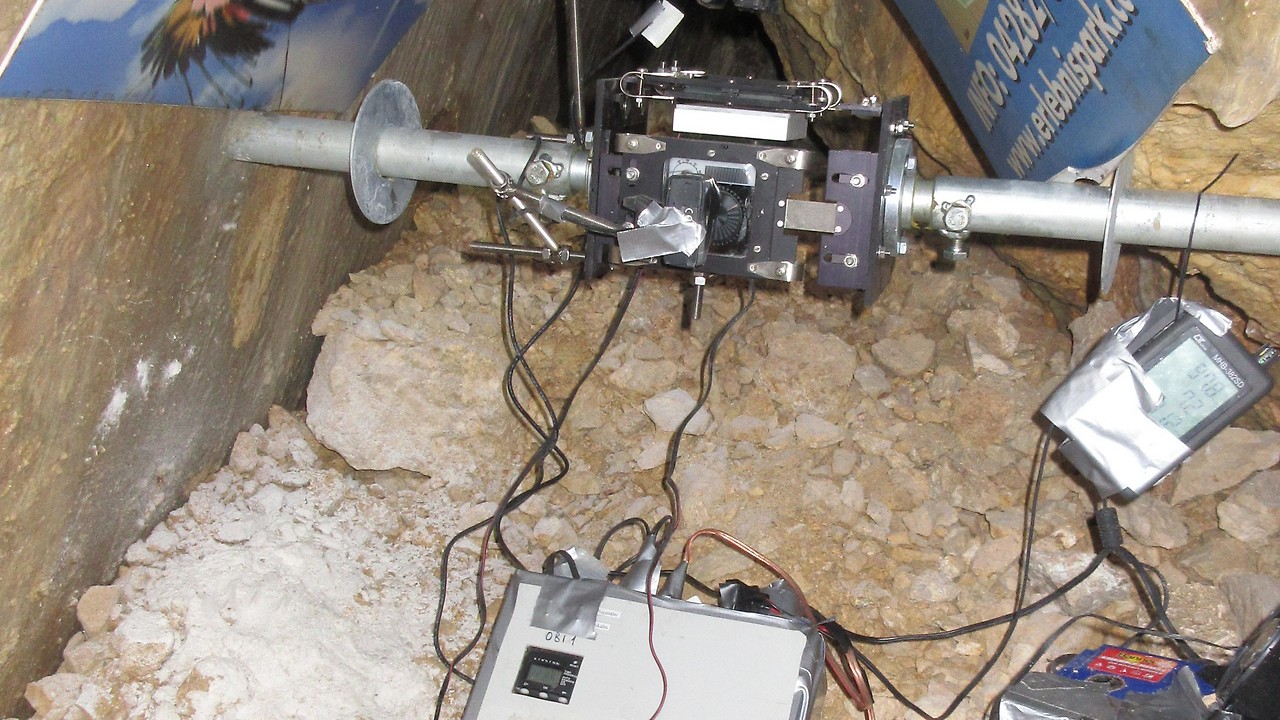
Even if small transitions of this kind can be detected, Langer says, it is possible to use certain algorithms and computer programs to see how the plates behave: “They bend upward, creating tension in the plates. That is exactly what can be detected in the minute transitions. With this project , together with the Museum of Natural History in Vienna, it may be possible to predict earthquakes if you analyze all the mechanisms behind it.”
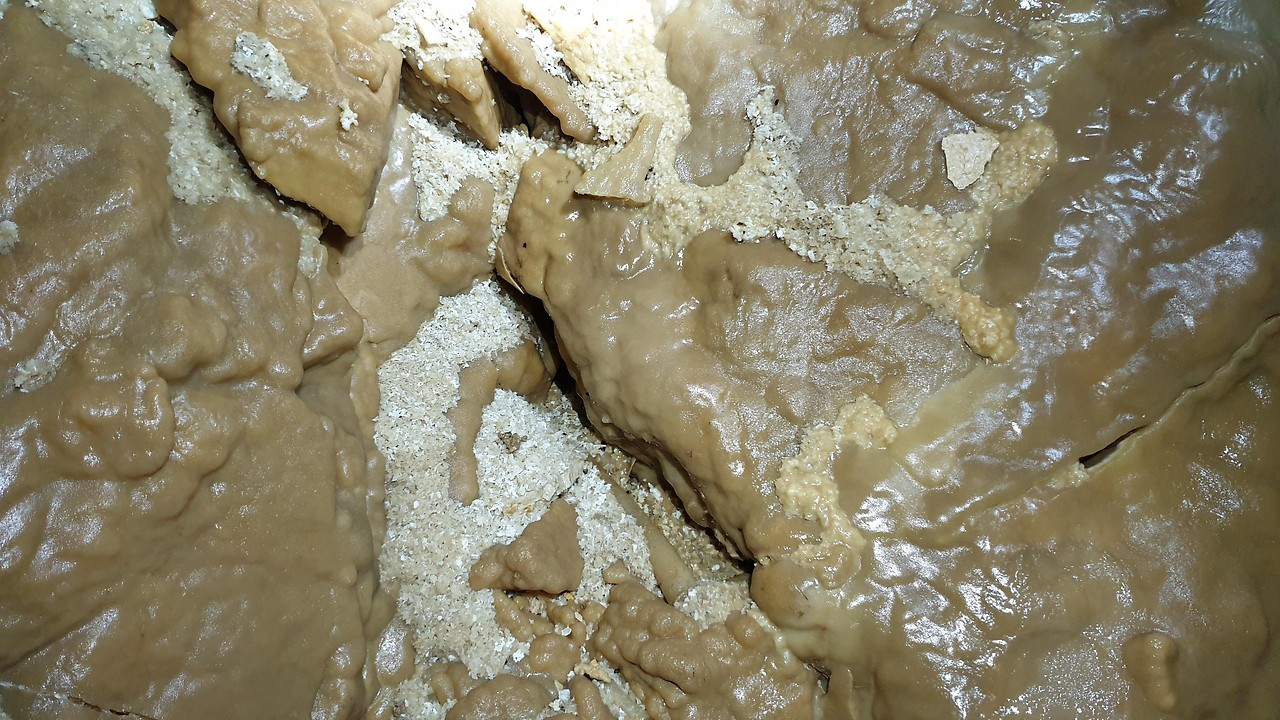
Muqarnas: Iced Contemporary Witnesses
According to Andreas Langer, caves are also about stalactites. It is “the most beautiful thing that happens in the caves and everything that is presented again and again in the caves of the show”. The stepping stones are crystalline limestone. In cooperation with the University of Innsbruck, the Scientific Society has started a project related to the finding and discovery of so-called cryogenic cave carbonates. It is sintering, that is, a lime deposit formed at the time of the Ice Age.
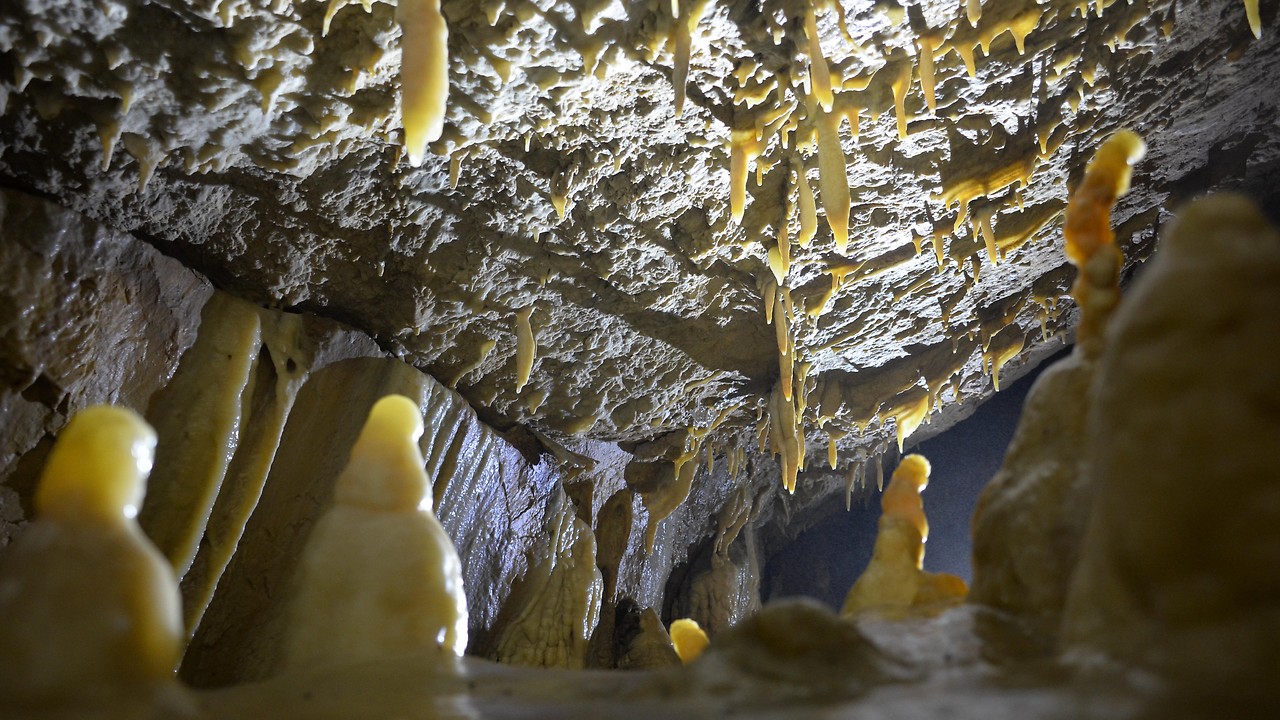
During the Ice Age, the surfaces froze first, and after a while the deep spaces of the caves were also affected by ice: “When water falls and then hits the icy body in the caves, a special form of sinter is formed. This is the carbonate of the cooled caves.
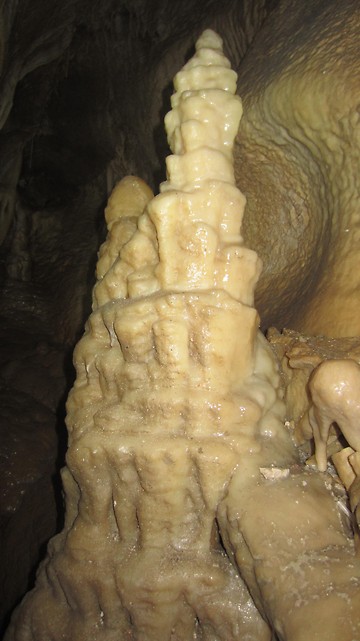
Carinthia already had glaciers 20,000 years ago
Years ago, cave-goers wondered the cause of the sintered plate accumulations. It is like sawdust: “Professor Spottel, a geologist at the University of Innsbruck, came to the conclusion that sinter flakes are formed when water meets ice and then freezes. Lime falls at exactly this time.” These results have been used to closely examine the sinter and determine its age. According to Langer, it was found that – contrary to what is recorded in the literature – Carinthia was not just a glacier 10,000 years ago: “According to the present scientific condition, one can say that there was indeed a glacier in Carinthia 20,000 years ago . “
New caves also offer exciting insights
Still searching for new caves. A new cave was recently discovered in the Loibl Pass, which was known to the inhabitants there, but not to speleologists, says Langer: “It was a cave that was brought to us by chance. During the excavations, which had nothing to do with it, the upper part of the cave collapsed. Then We looked at it and found that while it is only 25 meters long, its spread is like a chimney from bottom to top.”
This cave forms a classic winter camp for bats due to the high temperatures. Bats also love to use this cave as a summer retreat, as it was discovered during inspection tours.
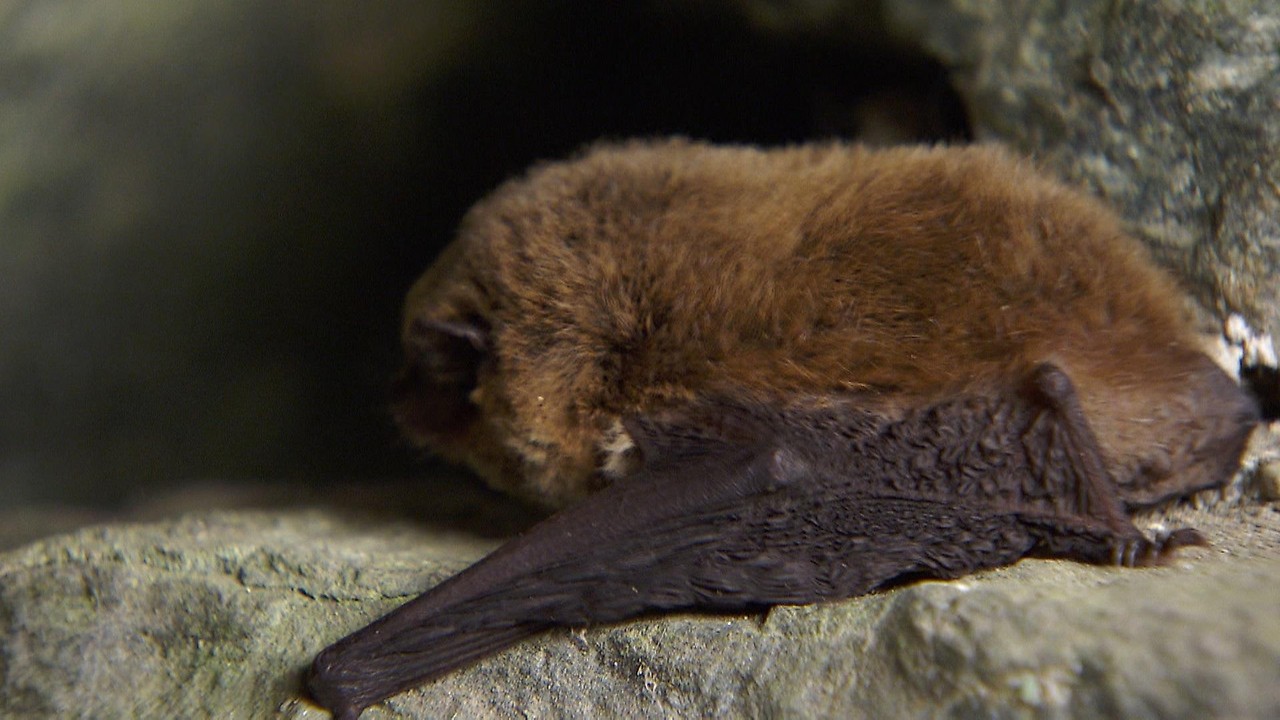
Scanning, documentation and protection in focus
If a new cave is found, it must be surveyed, but the existing fauna and flora must also be documented. According to Langer, a fellow of the Society for Natural Sciences works extensively on beetle research, for example on blind cave beetles. “He has already discovered many previously unknown species.”
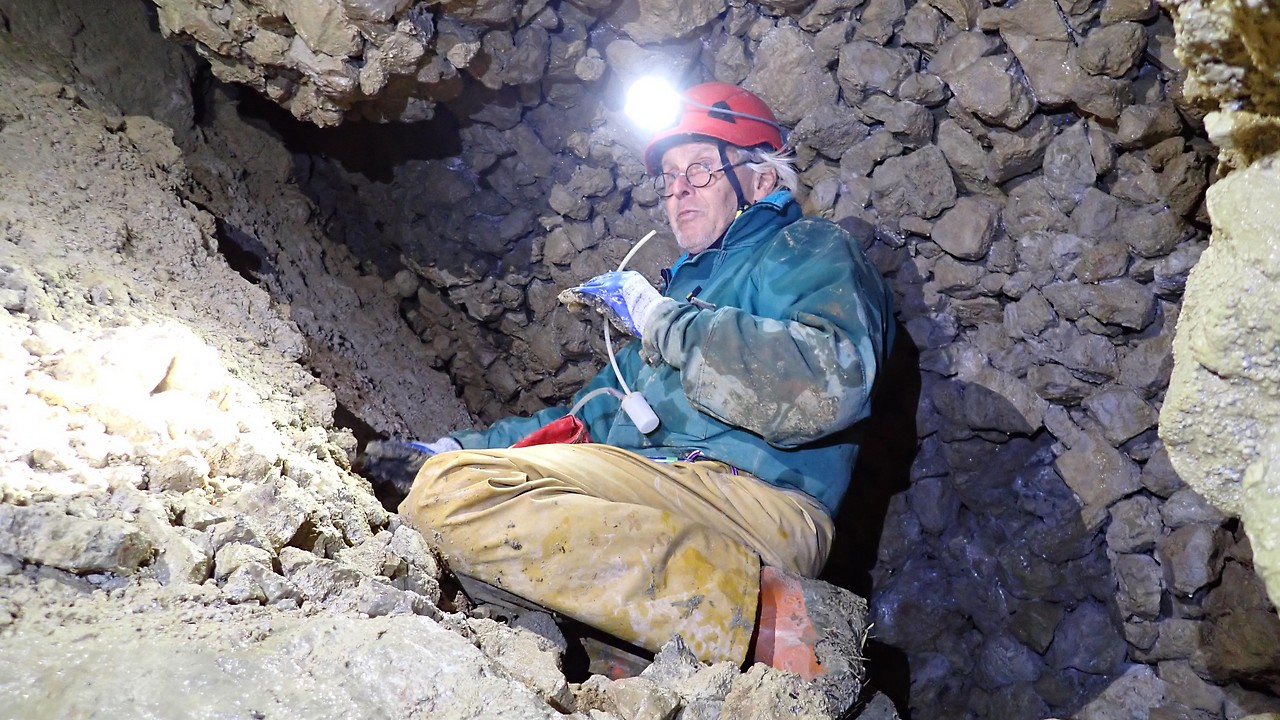
In addition, checks are carried out to determine if the caves are dirty or frequented by people unrelated to cave exploration: “We make sure that our natural caves in Carinthia remain protected.”
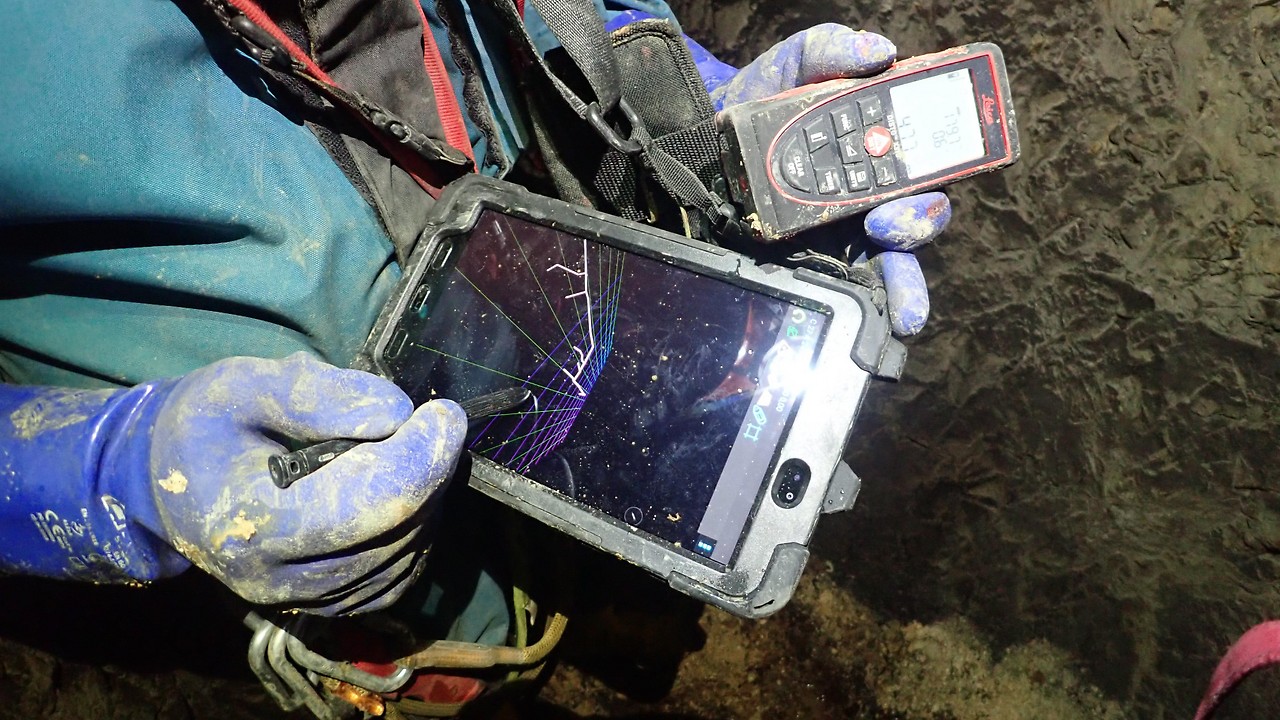
Close cross-border cooperation
Speleologists in Carinthia also work with colleagues from Friuli Venezia Giulia and Slovenia, says Andreas Langer: “We’ve lived with the idea of ’senza confini’ for a very long time. In the past, there were also meetings with speleologists from Friuli Venezia Giulia and Slovenia. Unfortunately, That faded a bit.” Over the past 30 years, interest has waned somewhat.
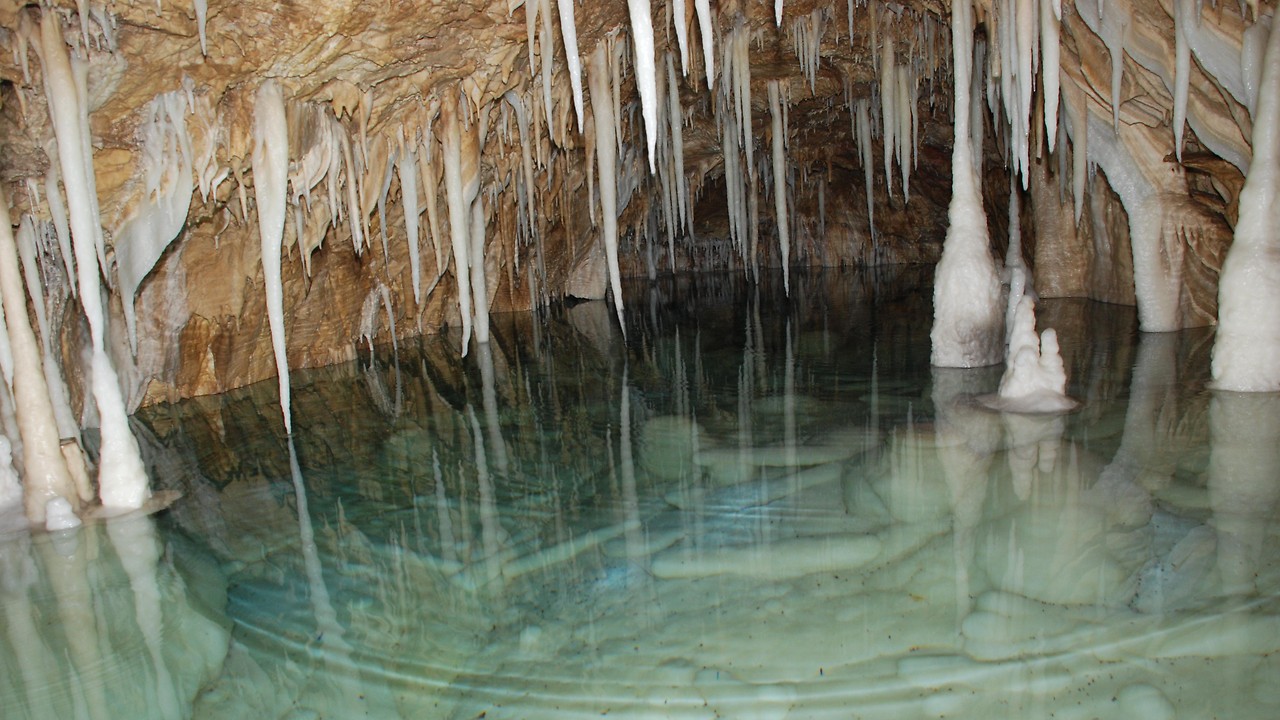
However, people still want to exchange ideas with their southern neighbours, says Langer: “In Austria we have about 14,000 caves on our federal lands. We know from 600 to 650 caves in Carinthia. Slovenia, which is much smaller than Austria in terms of area, has About 14,000 to 15,000 caves. Italy is the largest of the three and has approximately 30,000 known caves.”
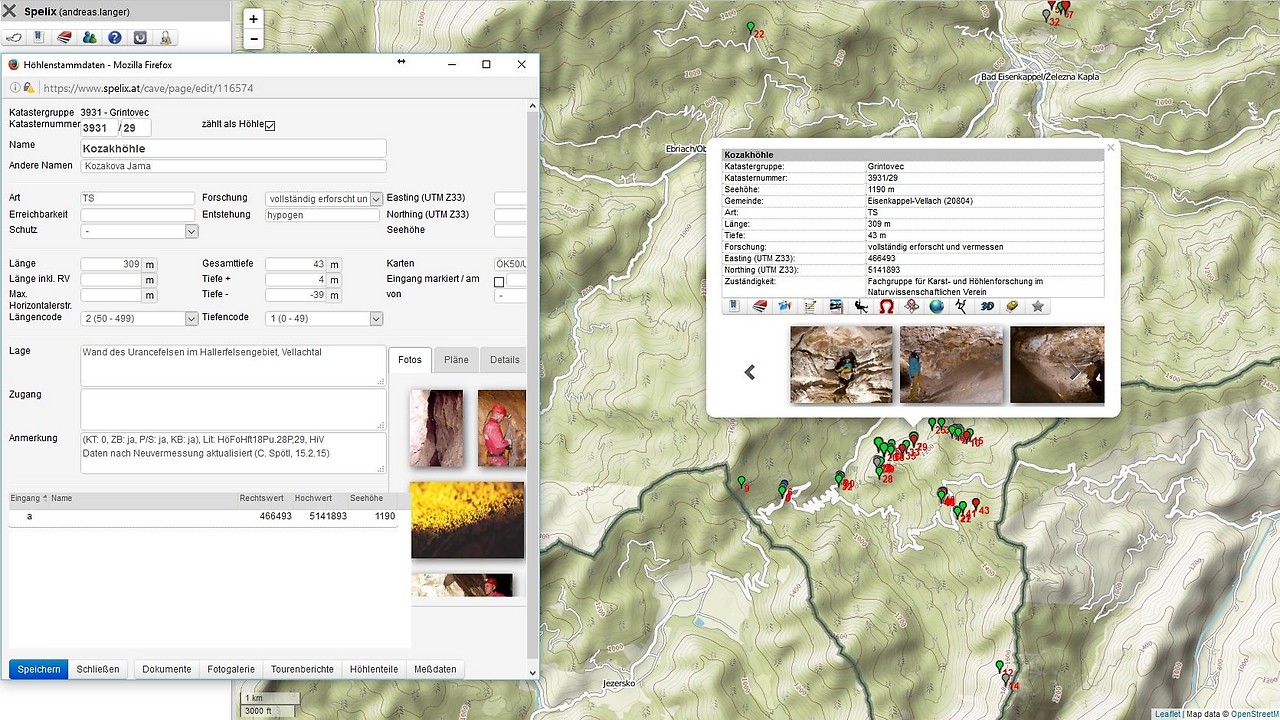
Explore cave divers in Carinthian Italian Caves
However, the cooperation of cave experts in Carinthia in Italian and Slovenian research projects is increasing, particularly in cave diving. According to Langer, it is one of the most dangerous hobbies of all: “Last year, fellows from Villach appeared and opened a completely new area in an Italian cave. This was named in the charts as the Carinthian part of the cave.”
The search is not yet complete. “The area is so large that new parts of the cave are still unexplored in the back area. Work will continue this year,” says the expert.

“Total coffee aficionado. Travel buff. Music ninja. Bacon nerd. Beeraholic.”






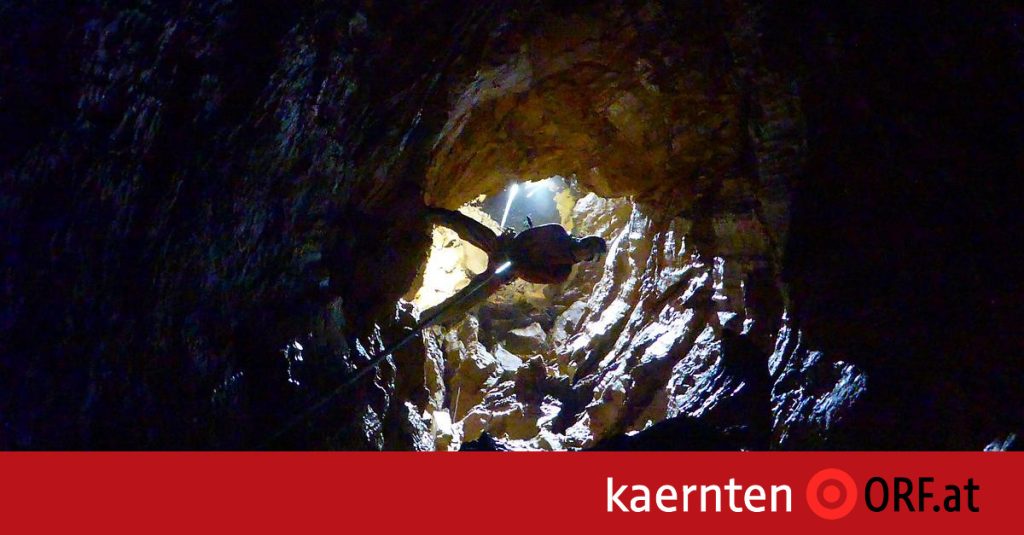
More Stories
Study: Working full-time can affect your risk of cancer
The new “Karl” has arrived – Focus: Psychology
Psychology: 3 strategies to help when you can't concentrate